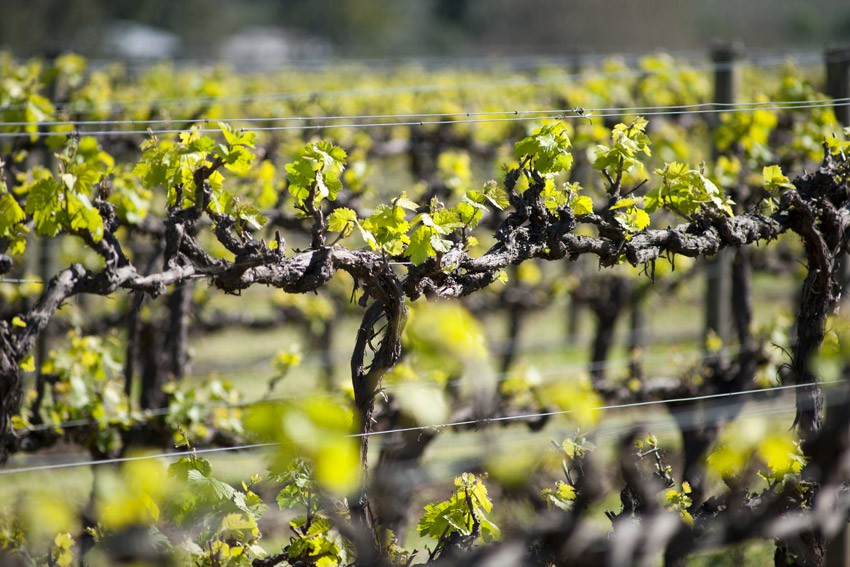Sustainable Wine

Envorimentally friendly wine.
The ebb and flow of season, the constant tinkering and unpredictable impact of nature, the advances in research, raw intuition when nurturing a vineyard, the imprint of human labour versus the ease of mechanising – all of these things conspire when considering sustainability and wine. It’s a funny thing, lending definition to something that feels a bit indefinable. First thing is first; the growing of grapes should be managed with environmental impact in mind. Organic and biodynamic farming tend to be the best practices, with the latter not only creating a farm-bound ecosystem forged from a waste-not-want-not application of viticultural practice, but an effective recycling of farm- generated product (and waste in the form of manures and composts), that work towards a home-grown sustainability. Sustainability is, however, a bigger picture. Goals of sustainable growing are emphatically based on relative quality increase of wine grown from sustainable farming practices, and though a change and evolution to more sustainable growing requires a leap of faith for many who consider conventional farming safe and practical, its impact is a bigger picture, locally and globally The value of sustainability isn’t to be quantified by trifles of higher points from critics or a new found adulation from wine cognoscenti, but a spiritual and environmental connection to place that isn’t always measured in terms of proven pecuniary worth, but in a feeling that connects responsibility to nature in a link to the toil of the farm. Sustainability, whether pitched to or proven, brings winegrowing closer to nature, with less chemical and environmental impact, and works to protect and enhance the environment, locally and further afield. Key elements of sustainability can be quantified, though variances are prevalent. Soil health and fertiliser management form the basis for most benefit of sustainability, but it is coupled with pest and disease management and encouragement of biodiversity that not only benefits the growing of grapes, but a broader environmental program. Added to this are water- and waste-management programs, and following all of this comes the social impact – the benefit to local communities. Finally, for those seeking business advantage, the removal of non-sustainable product and practice costs that beleaguer a farm, forms part of the sustainability benefit. In a remarkable step forward, and emphatically supported by the New Zealand government, New Zealand wine has implemented a sustainability charter that requires adhering to, for participation in sanctioned NZ Winegrowers events. Sustainable Winegrowing New Zealand (SWNZ) was established in 1995 and provides, in essence, “a framework for viticultural and winemaking practices that protect the environment while efficiently and economically producing premium wine grapes and wine”. Since its inception in 2007, approximately 94 percent of all vineyards are now SWNZ certified (2012 statistics), with around 20 percent of vineyards being farmed organically. It’s making a decided impact. A similar program has been established in McLaren Vale wine region of South Australia, with a 37 percent growth in participation seen in 2013, and a total of 53 percent of all grapes crushed from the 2013 harvest working with the McLaren Vale Sustainable Winegrowing Australia principles. The regional initiative is a first-of-its-kind program in Australia and “provides growers with the means to improve practices in a way that optimises sustainability of both their business and the region”. The McLaren Vale system works a practical application of the program with self-assessment and data reporting key to the initiative and developing of practices, fostered through a group setting. Increasingly, wineries around Australia are implementing their own measures, but these are often best suited to existing winery practices or the rigmarole of marketing and marketability, rather than making full blown steps to sustainability. To ascertain sustainability credentials is difficult without a community or industry standard or charter. Asking questions is always the first step – if you choose to make decisions that bring to your kitchen free-range eggs over cage-grown, or you source or grow your own organic vegetables, you elect lamb cutlets that are organic, grass-fed and free-range, you are already buying into ideas of process and provenance. With this, sustainable wine goes hand-in-hand. Where wine is grown and how it goes to bottle must form part of your next and on-going conversation